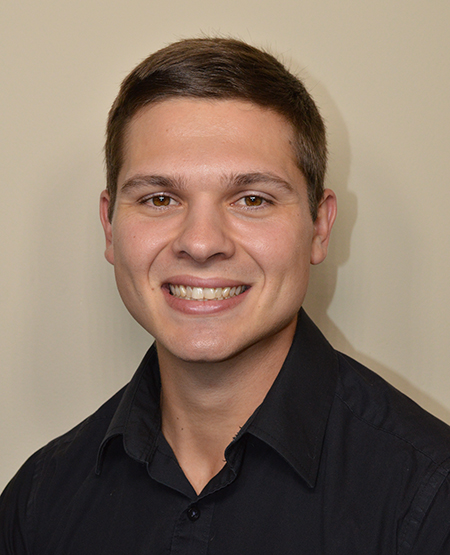Anticipated Results and Deliverables: This project will develop a new understanding of cyanotoxin-cell interactions, and the results will lead to more knowledgeable decision making when managing the flow of water (particularly in Lake Okeechobee) before, during, and after HAB events. The findings will aid in understanding how cyanotoxins benefit the producer organisms and the role they may play in the formation and prolonging of HABs. Particularly, we anticipate to identify molecular components which bind to exogenous cyanotoxins and characterize the localization of cyanotoxins about Microcystis cells.
Abstract: Harmful algal blooms (HABs) plague nutrient rich waters around the world damaging the health of organisms, ecosystems, and economies. The cyanobacterium Microcystis aeruginosa is the predominant species in many freshwater HABs, particularly those that occur in Lake Okeechobee, FL, the headwaters of the Florida Everglades. This cyanobacterium is best known for its production of cyanotoxins, notably Microcystins, and its ability to proliferate immensely dominating HABs for up to months at a time. It has been observed to spread to isolated bodies of water via waterfowl migration and can rapidly take over small lakes and ponds filling the water with cyanotoxins. These toxins are responsible for thousands of animal deaths and considerable harm to humans on a yearly basis. The biological role of these cyanotoxins for the producer organism is not fully understood and their only known mechanism of release is cell lysis. Once released these exogenous cyanotoxins have been observed to facilitate beneficial affects to the cyanobacterial cells still alive within the bloom, but the mechanisms responsible for these effects are not known. The focus of this study is to understand the interactions between extracellular cyanotoxins and cells still alive within a HAB. Whether these cyanotoxins bind to membrane bound receptors, are taken in by living cells, or are interacting in some other way are the questions that this study aims to answer. This will be done using stable isotope (13C) labeled cyanotoxins and various analytical techniques, most notably Confocal Raman Microscopy and Nanoscale Secondary Ion Mass Spectrometry. These techniques will be used to detect the labelled cyanotoxins as they localize/interact with living cells. A better understanding of the nature of this interaction will inspire mitigation strategies and improve overall water quality. For example, if there is a specific pathway for cellular uptake investigations on targeting this pathway for selective inhibition of cyanotoxin producing cyanobacteria may begin. This research will provide new knowledge of cyanotoxins and will help local agencies make decisions during bloom events to limit the detrimental effects of HABs.

About John Ricca: John began his undergraduate studies at the University of Central Florida, and is currently pursuing a Ph.D. in Chemistry at FAU. In 2017, he began research on the nutrient dynamics and microbial taxonomy of the Kissimmee River - Lake Okeechobee watershed. He has recently collaborated with members of FAU and the South Florida Water Management District to study the storage and speciation of phosphorus and other key elements in stormwater treatment areas. His current research aims to apply physical chemistry techniques to understand various biological mechanisms of harmful algal bloom forming cyanobacteria, specifically the interaction between cyanobacterial cells and various toxins they produce.
John was chosen as the 2021 CES-USGS Research Support Program (RSP) awardee, which supports FAU graduate students interested in, or currently conducting, Everglades restoration-related research. John will be working part-time for the Center for Environmental Studies as he pursues his research, along with working collaboratively with a USGS scientist, as a part of the RSP program. This program aims to build a strong linkage between the science being conducted at FAU and the USGS users of that science.